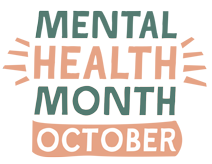How to be a Mental Health Ally
Content note: This fact sheet includes words which stigmatise mental health and mental illness in the context of challenging negative language.
Also on this page is ‘What is Stigma and How can I Challenge It’ and ‘Mental Health Myth Busting’.
But you can help change this!
You’re an Ally
Everyone tells you to reach out if you’re feeling mental distress, but sometimes reaching out is really hard. Stigma, shame, and prejudice all contribute to people feeling unable to reach out when they’re going through tough times.
- As a Mental Health Ally you can shift the world to be safer and more supportive for people experiencing difficulties with their mental health.
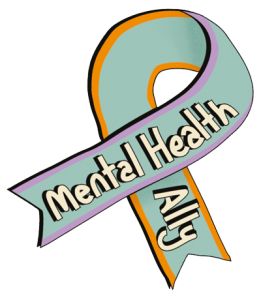
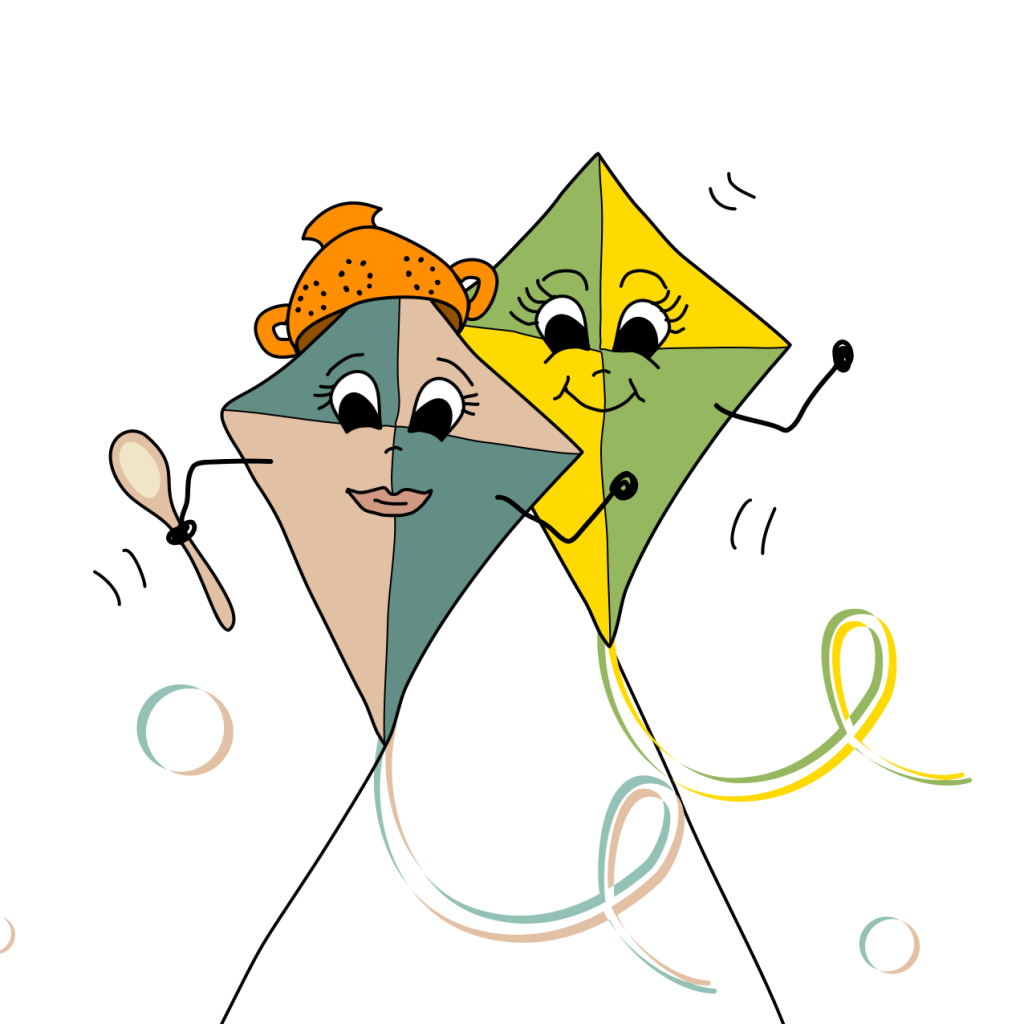

We asked people with lived experiences of mental ill-health what it means to be an ally, and what people can do to make the world a bit safer.
Listen
It sounds simple, but really listening to someone can take practice. If someone is experiencing distress, communication might be difficult, taking the time to listen and understand makes space for a range of experiences, and doesn’t add pressure to the conversation.
Practice active listening, including being attentive to non-verbal communication. Practice listening to understand, not react, and ask questions to clarify if you need to. It can help to repeat things back to people to make sure you understand what they’re saying, especially if communicating is difficult for them. Take time to validate a person’s concerns and respect their boundaries and be attentive to non-verbal boundaries.
Ask
Check-in with folk – ask things like “is this conversation still ok for you?”. Check in about people’s boundaries and if they’re feeling triggered, activated, or dissociated. It might feel awkward to ask these sorts of things, but it’s an excellent way to support people. You can also ask people if there’s anything you can do to make the situation/conversation more accessible or comfortable. You can ask about specific things like “would this conversation be more comfortable if we were side-by-side, rather than face-to-face?”
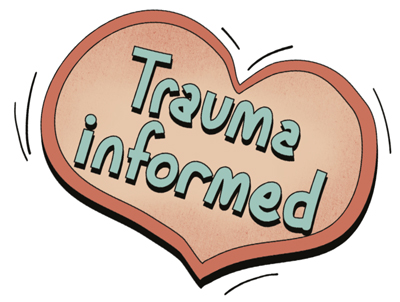
Get educated
There’s lots to learn about mental health, and the best place to start is by learning from people with their own experiences. There are lots of creators on platforms like YouTube and Tik Tok who share their experiences, as well as podcasts, seminars, and personal essays. There’s also some basic information and resources included with this kit in the “what is stigma and how do I challenge it?” and “mental health mythbusting” factsheet.
Validate
You can show your support through validating what another person is experiencing. This might be verbal, like if they are describing things they have gone through or that they are feeling. It might also be non-verbal, for example if a person is feeling overwhelmed, they might become withdrawn or have difficulty communicating in the way that you’re used to. Allies can validate alternative ways of communicating by leaving lots of time for replies and allowing people to write/text if they prefer. Allies can also validate experiences by listening without judgement. You can also validate through understanding and respecting boundaries, ideas, and individuality.
We asked about how people can demonstrate that they are an ally. Here’s what you can do to demonstrate that you’re a mental health ally.
Speak up
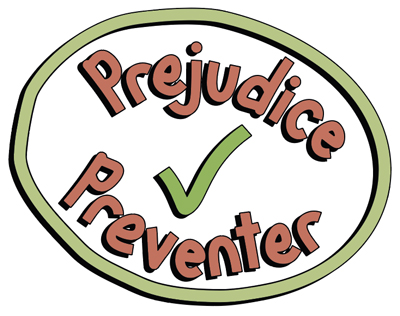
Boost a person’s voice if they are speaking from experience or speak up when there are no people with that experience or if the person isn’t able to self-advocate (especially if they’re experiencing distress). Speaking up can be exhausting and unsafe for folks with lived experience, but when an ally actively supports them, it reduces that. There’s also a burden of education placed on people with lived experience, by speaking up as an ally you’re relieving some of that burden.
Safe
You can show that you’re an ally by avoiding using stigmatising language. This includes not using words like “crazy” to describe people or situations, as well as not using mental illness terminology to vilify a person. We often see people in distress referred to using stigmatising medicalised terms such as “psychotic”, avoiding this, and speaking up when you notice it, is a great way of demonstrating your support for mental health.
Allies can also demonstrate safety by being gentle and humane in the way they interact with people, and normalise talking about feelings. Even when you’re not experiencing distress you can make it safe for people to talk about feelings by talking about your own. You can do simple things like letting people know that you’ve been feeling down or tired or stressed. The more that everyone communicates about their feelings, the safer it is to disclose when those feelings become overwhelming.
Safe allies also make an effort to be non-judgemental – even if someone is experiencing distress or talks about experiences which differ from their own.
Ways to be an ally in communities, groups, workplaces or other organisations
We also asked our experts-by-experience what communities and groups can do to show that they are safe for people with lived experience.
Environment
Making a safe, welcoming space is important to ensuring people with lived experiences of mental ill-health can engage and feel comfortable.
Consider things like room layout – is there a space where people can be alone whilst still part of a group? – as well as room temperature, lighting, and background noise.
Visibly display signage that includes cultural considerations, marginalized groups and people with lived experience.
Engagement
Groups can do things to help ensure that their activities and spaces are safe for people to engage with. Before an event or activity, check in with people to let them know what’s going to happen and give them the opportunity to ask any questions they might have. Offering details about what to expect upon arrival can help alleviate anxiety. You can also ask if there are any specific ways you can make the activity more accessible for individuals. This can include anything from offering transport to making quiet spaces available. Offering these things shows that you’ve considered a range of experiences.
During workshops, presentations, or other activities, include Acknowledgement of Country, appropriate trigger/content warnings, and normalise introductions that include personal pronouns.
Make sure there are a range of options for engagement, such as a combination of group and individual work. Make sure people are encouraged to take time out if and when they need it.
Inclusive
Groups and communities can show that they support mental health by actively including and prioritising marginalised voices. People from marginalised communities and experiences are often left out of conversations and decisions which affect them, which can contribute to these groups being at higher risk of distress and mental ill-health. Genuine inclusion means engaging people from these groups at all stages of a project or activity and valuing the expertise they bring through their experiences. You can learn more about meaningful inclusion through strategies such as co-production and co-design, resources for this are listed in the “what is stigma and how do I challenge it?” factsheet.
- Share information about mental health on your social media.
- Encourage people to take part in Mental Health Month activities.
- Proudly wear your Mental Health Month Ally sticker, and display one at your workplace or community space.
What is stigma and how can i challange it?
- There are lots of myths, misunderstandings, and assumptions around mental health. These can all lead to stigma – a feeling that mental ill-health is something to be ashamed of, or something that should be hidden.
- Stigma also connects to prejudice – the judgements we make about others based on their mental health. This can become discrimination when those judgements impact what people can do and access.
- As an ally, you can challenge stigma when you notice it, and help create a world free from mental health stigma. Below are some of the more common ways you might notice stigma, and some ideas for challenging it.

Be aware of the language you use, especially around mental health, and try and challenge yourself not to use stigmatising language and ask others not to use it if you notice it being used.
Avoid using terms like “crazy” or “mad”. If you’re talking about a situation, think of other descriptive words, like “hectic” or “chaotic”, and if you’re talking about a person you could try words like “distressed” or “angry”.
If you notice others using these words casually, try to ask them to use different words. You could say something like “hey, I’d prefer it if you didn’t use the word ‘crazy’ – it can have a bad impact on people who have experienced mental ill-health – could you use the word ‘hectic’ instead?”
Some terms based on specific mental illnesses can also lead to stigma, prejudice, and discrimination.
Terms such as “psychotic”, “schizo”, “manic” have been used to discriminate against people.
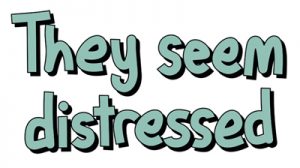 It might be tempting to use these terms when someone’s behaviour is awful or incomprehensible. However, there is a difference between behaviour and mental illness. Most people who have received diagnoses of schizophrenia, bipolar disorder, and others will never engage in those behaviours which are labelled with these terms, and many people without a diagnosis (and who don’t meet the criteria for diagnosis) will behave in ways that are awful and incomprehensible.
It might be tempting to use these terms when someone’s behaviour is awful or incomprehensible. However, there is a difference between behaviour and mental illness. Most people who have received diagnoses of schizophrenia, bipolar disorder, and others will never engage in those behaviours which are labelled with these terms, and many people without a diagnosis (and who don’t meet the criteria for diagnosis) will behave in ways that are awful and incomprehensible.
Separating behaviours from diagnoses is important to challenging mental health stigma and prejudice. To challenge this form of stigma, try to be aware of words you use that are based in a diagnosis or symptom and find other words that describe the behaviour, rather than a diagnosis.
Illness-specific terms are also sometimes used jokingly to describe behaviours, like when someone who has a preference for tidiness says “oh, I’m so OCD”. This can make the impact of OCD seem unimportant when it can be extremely difficult for individuals who experience it. It’s best to avoid using illness-specific terms in this way.
Challenging stigma also means looking at how we interact with the world and making sure what we do is as accessible as possible.
Think about some of the common stereotypes about mental illness and find different ways of looking at things. For example, one stereotype about people experiencing mental ill-health is that they are lazy. Instead of this negative stereotype, think about the different things someone might be experiencing that could lead to them feeling overwhelmed or exhausted. Often dealing with the symptoms of mental ill-health takes a lot of internal energy, making it difficult to do everyday tasks. Whilst this may be perceived as laziness from the outside, what we don’t see is that an individual is doing a lot of hard work that is invisible to the outside.
Learning about trauma is also key to challenging stigma. For example, you might think that someone’s response to a negative event is over-the-top, but they might also have trauma in their past that the event reminds them of.
Learning more about mental health, especially from people with their own experiences, is key to challenging stigma and prejudice. Sharing what you learn with those around you, either through conversation or directly sharing content, can help challenge stigma more widely, and help make the world a bit safer for people experiencing mental health difficulties.
Myth busting!
There are plenty of myths out there about mental health and people who experience distress. Busting these myths can help break down mental health stigma.
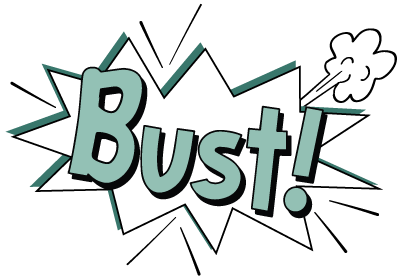
FACT:
Mental health is a spectrum, and we all go through periods in our life where we feel distressed, worried, or disconnected. People who have a mental health diagnosis might experience few symptoms or find that their symptoms don’t interfere with them being able to live the life they want, and some people without a diagnosis might experience mental health symptoms which impact many areas of their lives.
Instead of just thinking about illness, it’s useful to think about distress and impact, anyone can feel distress, and we can all benefit from good, accessible support for our mental health.
FACT:
Many mental health issues are temporary, but even for people who experience ongoing symptoms, with access to the right support most people have an alleviation of symptoms and find ways to manage their symptoms so that they can still live the life they want. For some people getting better means having no symptoms that interfere in their lives, and for others, getting better means finding ways to work with their symptoms, rather than trying to supress them.
FACT:
People experiencing mental health issues are far more likely to be victims of violent crimes than they are to commit them. In fact, people with severe mental illnesses are 10 times more likely to be victims of violent crime than the general population. In addition, people in need of urgent support and treatment can be victims of Police violence (a risk which is compounded if they are also a person of colour), and people seeking help can also be victims of coercive treatment, such as being placed in isolation.
FACT:
For some people, finding out a diagnosis for their experiences can be a huge relief, and many people find support with others who have a similar diagnosis, but this doesn’t mean their diagnosis is all that they are. A diagnosis is like a framework for an individual to understand their symptoms, and to help guide treatment, rather than a complete picture of someone’s identity. People are made up of countless aspects – their interests, hobbies, attitudes, values, ideas – and all these things combine in different ways and influence each other. A diagnosis can be helpful, but it’s not a person.
FACT:
There are lots of different ways people can find recovery, and many people use a combination of techniques and therapies to help them through. Aside from psychology, there are other types of therapies that can be helpful, such as Occupational Therapy, program-based therapies (e.g. Dialectic Behavioural Therapy, Acceptance and Commitment Therapy), Art and other creative therapies, and some people use a combination of therapy types. There’s also support groups, peer support (support provided by someone else with lived experience of mental ill-health), and lifestyle changes, such as meditation, physical movement, and building connections with others. Many people also find recovery through learning and connecting with others and finding new ways of doing things, for example by connecting with the Hearing Voices Movement, which can help people understand their voices differently and help ease symptoms.
FACT:
People diagnosed with a mental illness are in all professions, at every level. People whose symptoms are particularly severe may require help in finding a job, or reasonable adjustments within their workplace, but many people will experience symptoms and it will never negatively impact their ability to work. What does make it difficult, though, is stigma and shame. The impacts of prejudice mean that people aren’t able to disclose what’s going on in order to ask for any adjustments they may need, and a culture of mental health stigma can make people feel uncomfortable and unsafe at work, even if they haven’t disclosed their condition to anyone.
FACT:
Medication can help make symptoms more manageable which can give people more capacity to engage in therapy or get daily tasks done, but medication can’t make all symptoms vanish. Even with medication managing a mental illness is challenging. Also, many mental health medications have negative side effects which can be disruptive to a person’s wellbeing. This can include muscle spasms, exhaustion, nausea, dizziness, and insomnia. It can take a long time to find the right medication – many medications take weeks to build up in a person’s system enough to see if they’re effective, and if they aren’t effective, they need to be reduced slowly before the next medication can be tried. Even though finding and taking medication for mental health issues can be challenging it is not shameful and can be a crucial part of caring for yourself.
FACT:
Many things contribute to mental health and wellbeing, and whilst there are things we can do as individuals to improve our mental health, some things are beyond an individual’s ability to change, and can have severe impacts on mental health. Prejudice and discrimination, such as racism, the inaccessibility of basic needs, such as safe, stable housing, the intergenerational trauma done to Aboriginal and Torres Strait Islander people through colonisation and the stolen generation, and the lack of appropriate, accessible mental health services can all have negative impacts on an individual’s mental health. We can help counteract this by ensuring that we consider the mental health impacts in our communities, policy development, and ensuring that what we do is accessible to as many people as possible.
FACT:
There are countless parents who have a mental health diagnosis who are excellent parents. Parents with mental illness often develop skills for understanding and managing their own emotions that can also be used to understand their children with love and compassion. Through therapy and other skills, parents with mental illness learn how to identify their feelings, sit with them, and work through them, which are skills they are able to pass onto their children.
Children learn it’s ok to have a range of emotions and to ask for help. Sometimes parents will need extra support, regardless of whether or not they have a mental health diagnosis, but sometimes the right support is difficult to access. Shame around mental health stigma, and justified concerns around government intervention can stop parents with mental health issues from accessing the supports available, but services such as COPMI (Children of Parents with Mental Illness), PANDA (Perinatal Depression and Anxiety Australia), and Resourcing Parents offer resources that allow parents to remain anonymous.
